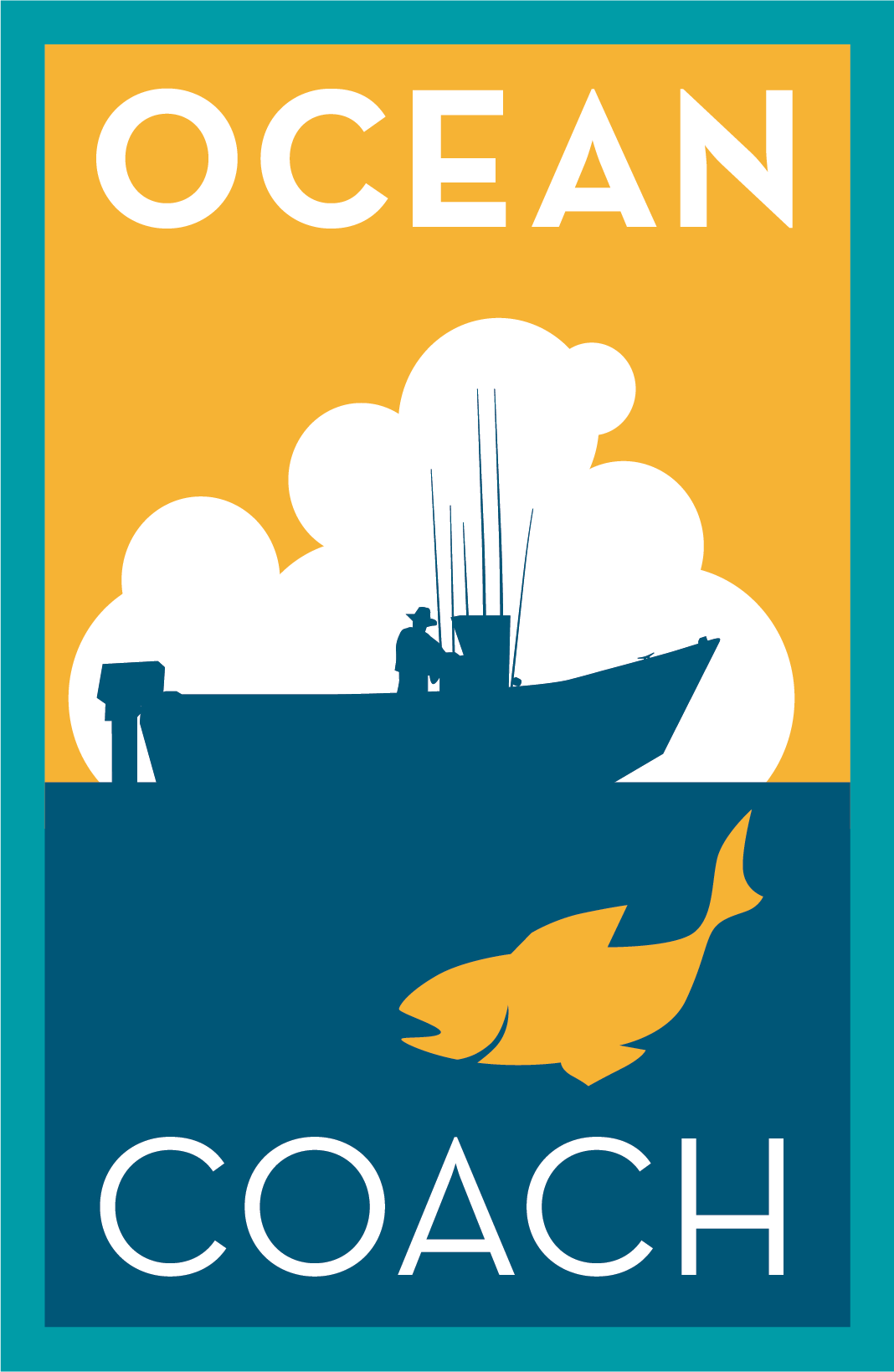What is a rip?
The picture shows two rips. Rips appear as long, irregular slicks snaking across the ocean surface.
Sometimes one side of the rip will look calmer than the other. And sometimes, like this monster, rips extend for miles.
There are three kinds of rips. In the last issue of the newsletter we explained rip currents, which occur only in the surfline. In the next newsletter tissue we'll cover tidal rips, which occur primarily in bays and estuaries. But today were' talking about rips that occur in the open ocean, such as the ones in the pictures.
Rips, also called riplines, often hold fish such as salmon or tuna. That's because rips are actually collision zones between two surface masses of water. Typically one mass collides with another, forcing one mass to dive down under the other. Floating weeds and trash carried toward the ripline get trapped, causing weedlines.
Below the surface, baitfish also accumulate at the line. This often attracts gamefish. Trollers get frustrated when weeds foul their lures, but that's just the way it goes.
Water temperature often differs by a half-degree or more on either side of a rip. Hence such rips are often called temperature breaks, which are of special interest to tuna anglers.
Not all slicks are rips. Whales, ship wakes, oil and erratic winds can all cause slicks.
When you spot a rip, you'll never know if it's barren or a bonanza that will make your whole day.
Sign up for the Ocean Coach newsletter to get great articles like this in your inbox twice a month!


